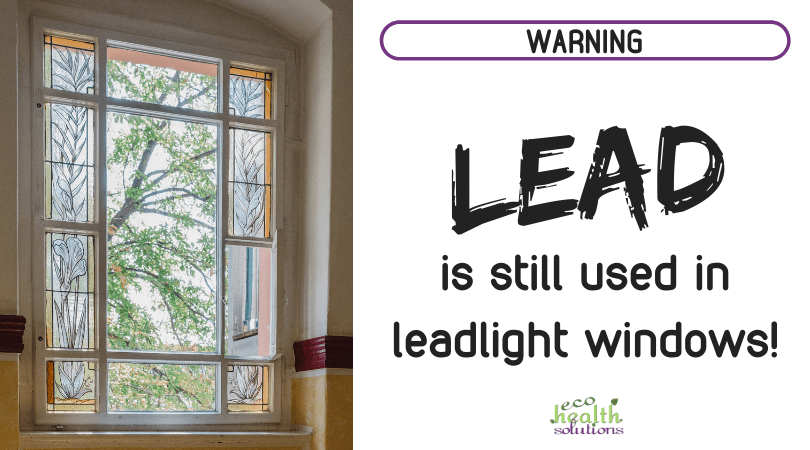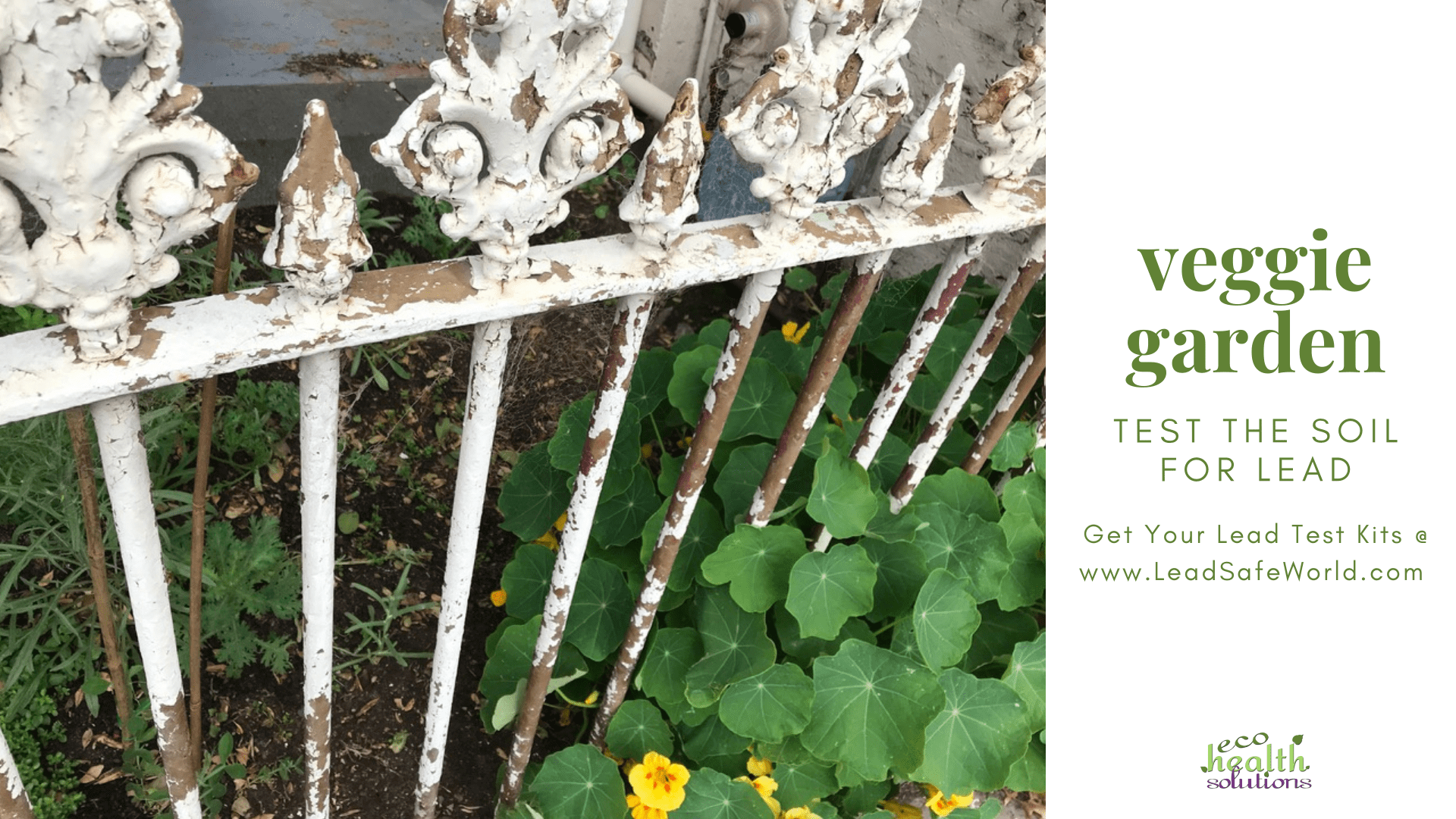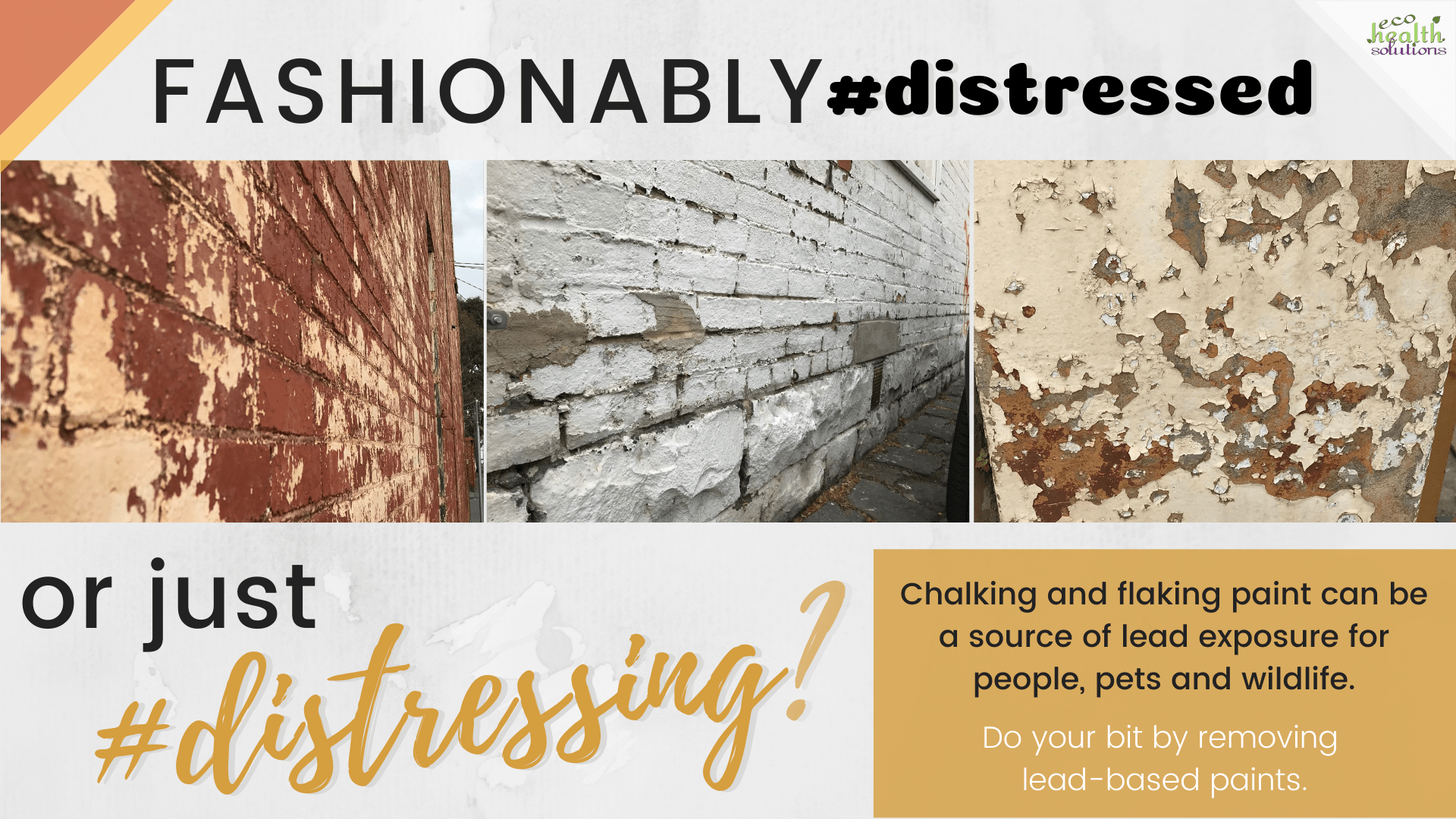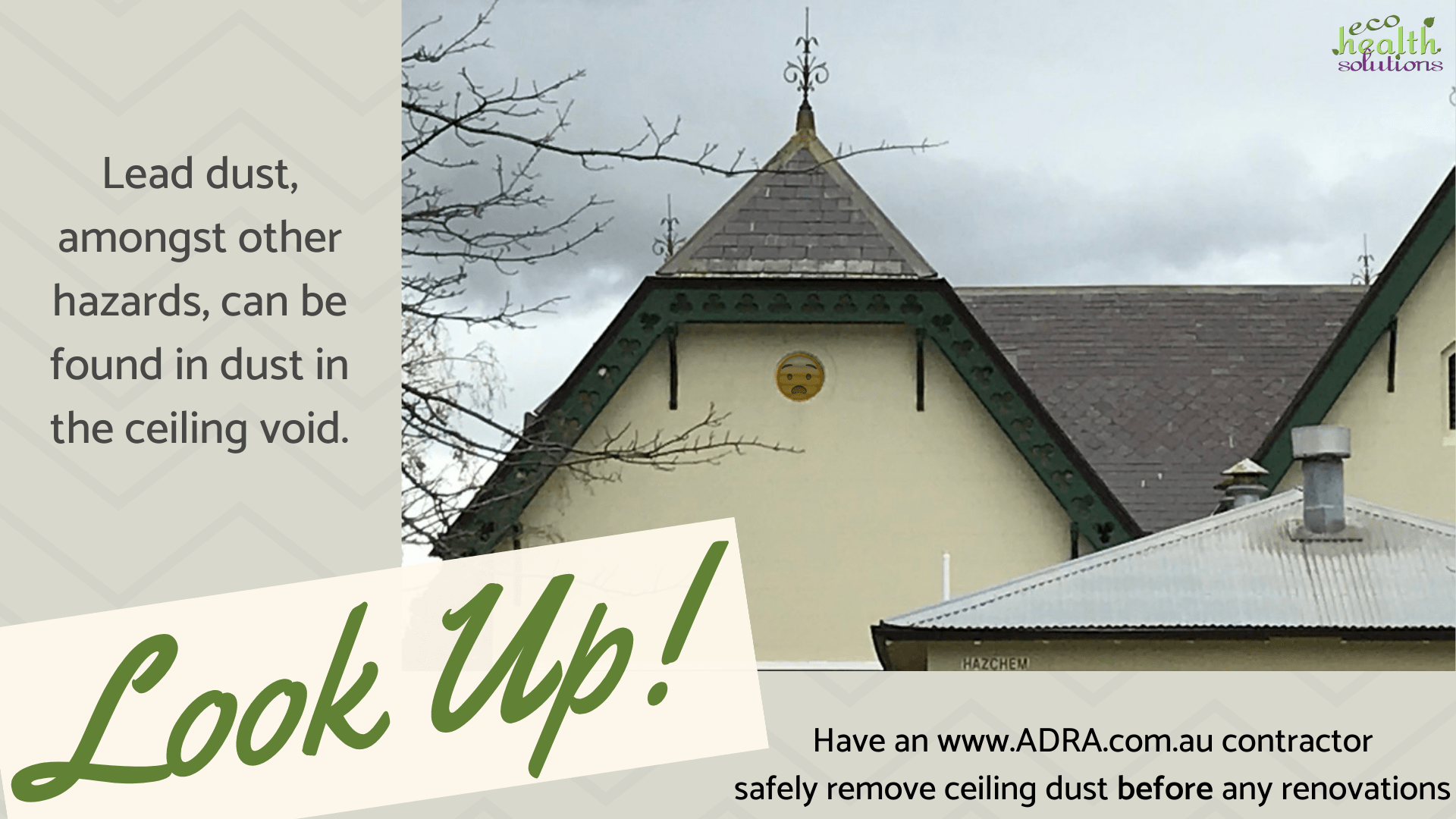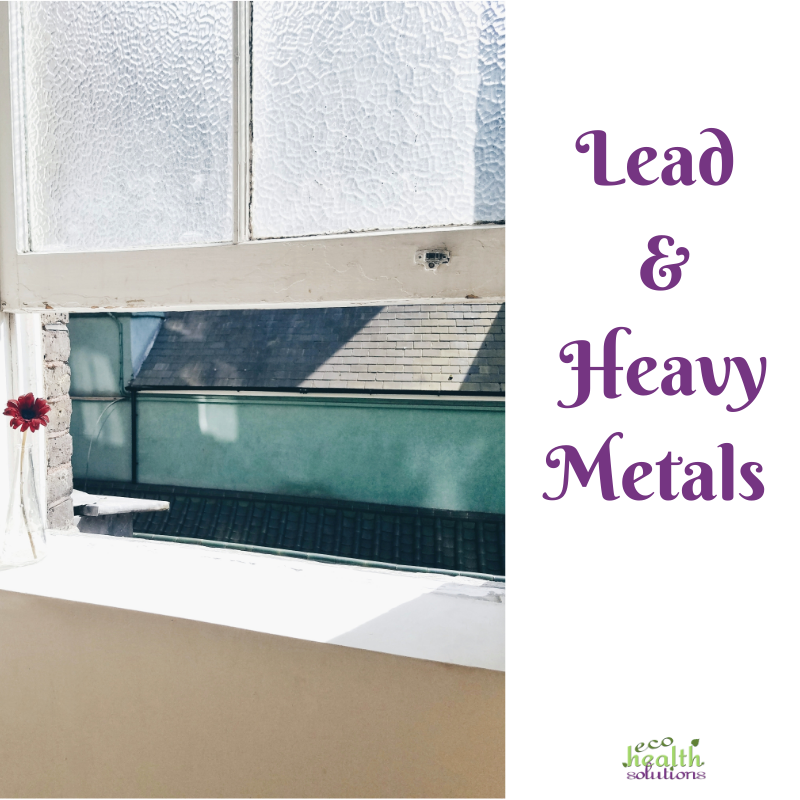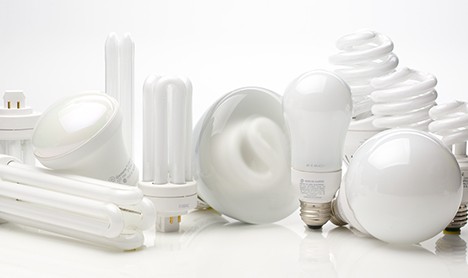Moving (and house hunting) is a highly stressful time…
Add to the mix the need to avoid environmental stressors, keep to a tight budget and manage with low tolerance – house hunting becomes almost impossible.
Sound familiar?
I get it – not only have I been there myself, but I’ve also guided many clients through this process.
I have also seen things go pear-shaped. Very pear-shaped… Like one of my earliest pre-purchase inspections.
You would not believe what happened…
My client arranged for me to do the inspection… So I arrived on this sunny afternoon, excited to determine if this house was suitable for him.
“Let’s go in!” I said.
“Uh-uh! Not me. Every time I go in there, I get sick. You go in and assess it.”
I did a double-take.
Why would he want me to assess the place if he can’t be in while I inspect it????
I explained the scenario to him – all set to head back to the office. But he wanted to go ahead. So, I did. And my report recommended that he keep looking. My professional advice was disregarded. He bought the place…
And moved out almost as fast as he had moved in.
There is no need to make the same mistakes.
If you have been looking for a new place no doubt money is tight. You may not have enough time to organise a professional indoor environmental health assessment done. Stress levels are through the roof.
You’ve moved before, and it is essential that you don’t have to move again because you can’t end up in another place that is unsafe, nay, uninhabitable.
The track running in your mind goes something like this:
What do I do?
How can I avoid the things that make me sick?
How can I protect your health and that of my loved ones?
Am I right?
So here’s what you can do:
- Learn my “Crystal Ball” method;
- Draw on my training, experience and insight so that you can keep a property on or your list or cross it off with confidence; and
- Become EMPOWERED to make sound decisions for your health and that of your loved ones.
You don’t need to invest tens of thousands of dollars or years of time training and equipment…
You just need someone to show you #PROtips and tricks so that you can shortlist properties for yourself with confidence…
I want you to:
- Be able to confidently cross places off your list, keeping only the good ones;
- Avoid having to gather the energy to look at places, only to be sick for weeks after;
- Save time, money and energy.
All of my years of training, experience, up skilling and knowledge have been consolidated into 13 online lessons, complete with worksheets, my black book of online resources and the essential 122-point checklist so you know you’ve covered all bases.
Just what the doctor ordered, hey?
- Do you suffer from environmental sensitivities?
- Desperately trying to find a home that isn’t going to make you sick, or sicker?
- Feel forced to settle on a less-than-ideal home because funds are tight?
- Multiple home assessments haven’t helped you find the perfect place, but you can’t afford to keep coughing up cash?
A LIFE-CHANGING ONLINE COURSE THAT’S ONE-OF-A-KIND
In Looking for a New Place? How to Avoid the Pitfalls, indoor environmental health expert Lucinda Curran reveals how to streamline the house-hunting process, eliminate uninhabitable homes with confidence, and make a promising shortlist of homes for professional assessments.
No more:
- Time wasted on pointless inspections
- Money spent on unnecessary assessments
- Needless exposure to toxins at inspections
- Settling for uninhabitable properties
- Heartache on learning that the ‘perfect’ home wasn’t right after all
“THIS COURSE IS A MUST”
“I am now better able to rule out unsuitable properties from the comfort of my home which saves me time, energy and cuts down on exposures. The checklist of what to look for in and around the property is very comprehensive and makes it so easy to look for the potential dangers that may be lurking. This course is a must have for anyone wanting to know what to look for and avoid when searching for a healthy home.”
– Genevieve, VIC
Check it out here. 👉
Please note: this course does NOT take the place of a professional Indoor Environmental Health Assessment.
BUT it does mean you don’t have to have so many! 🙂
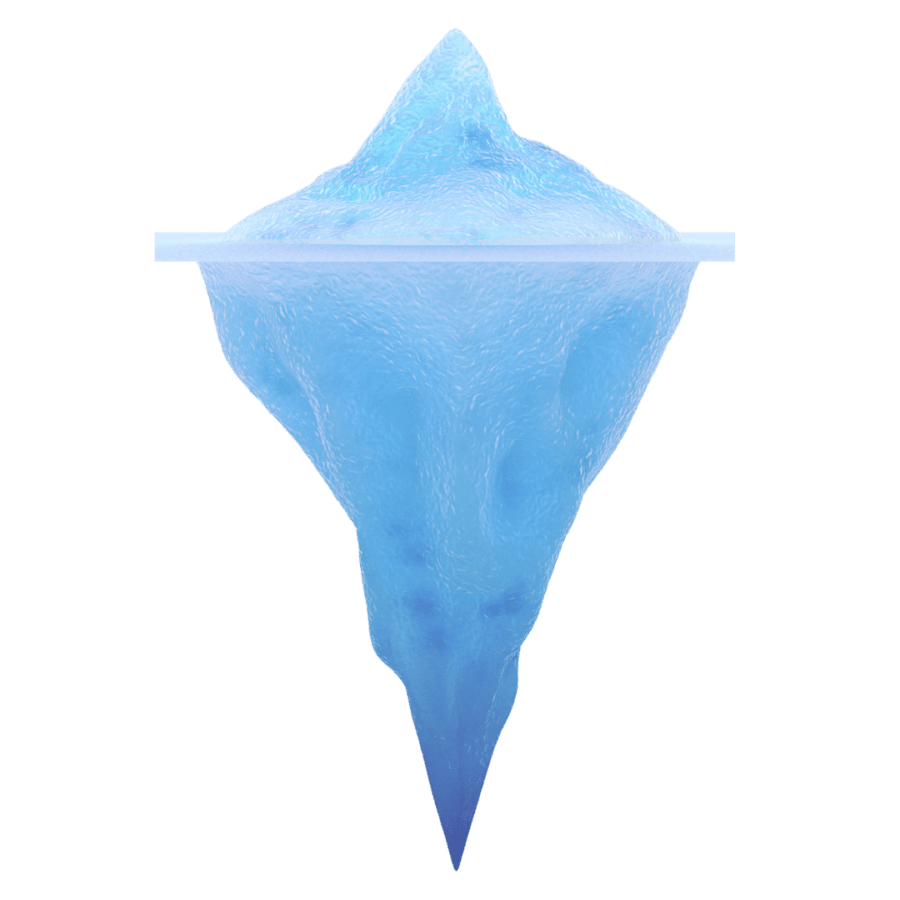



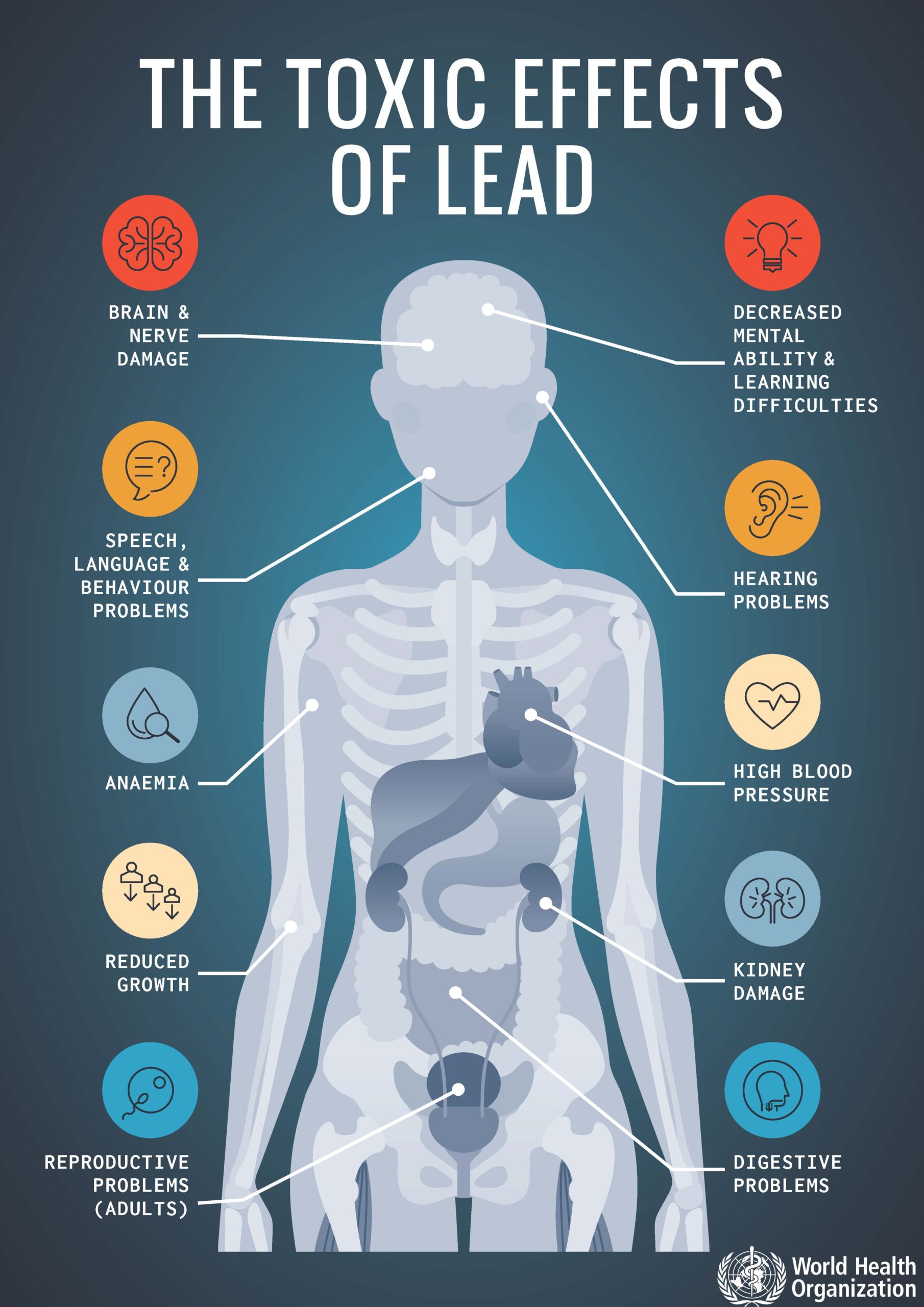
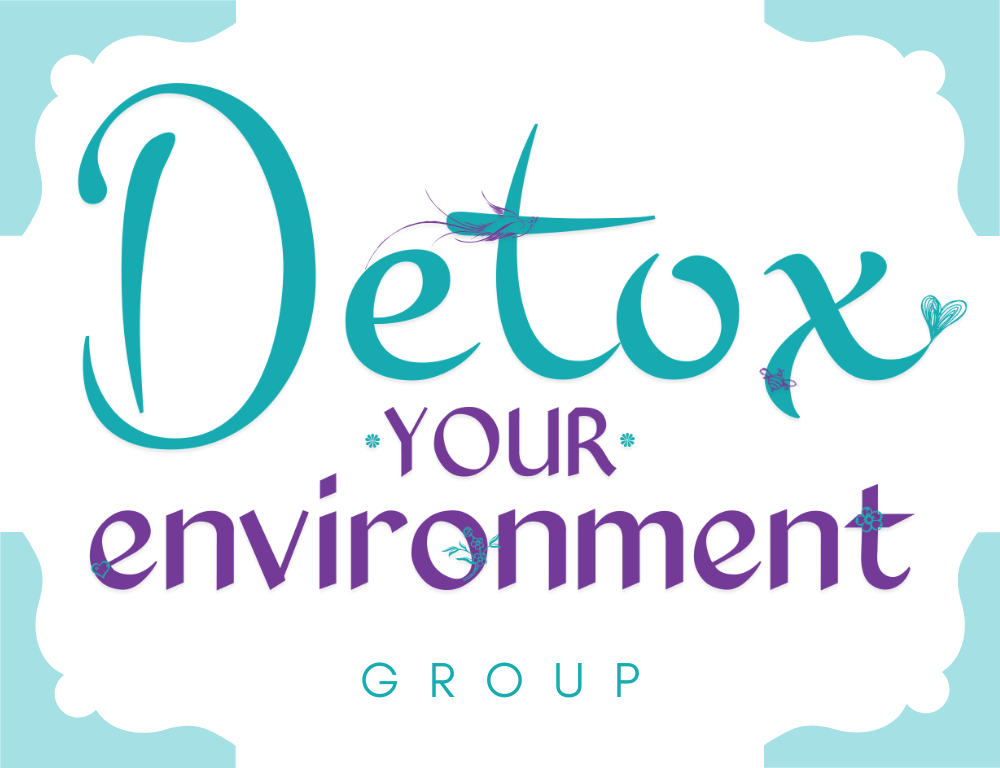
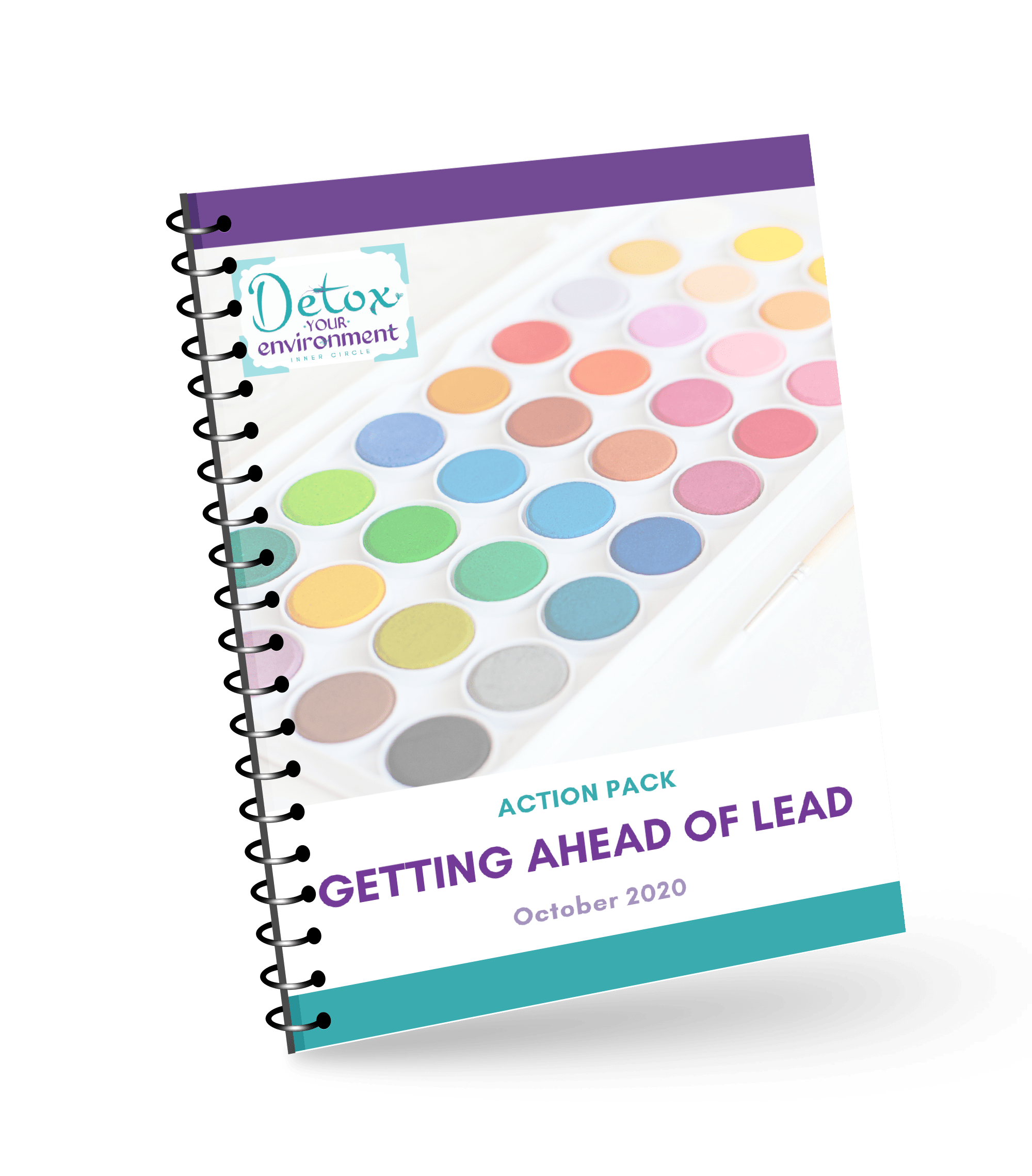


 Lead Poisoning Prevention is Better than Cure
Lead Poisoning Prevention is Better than Cure